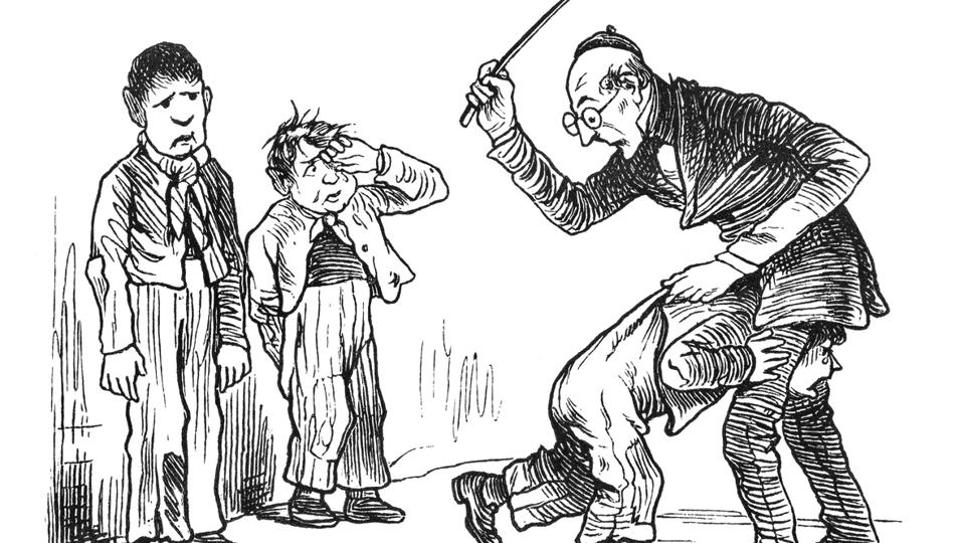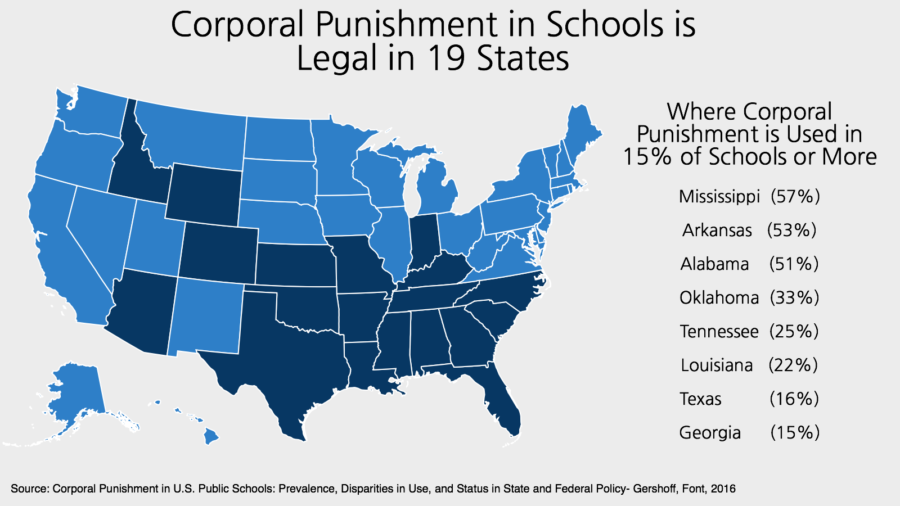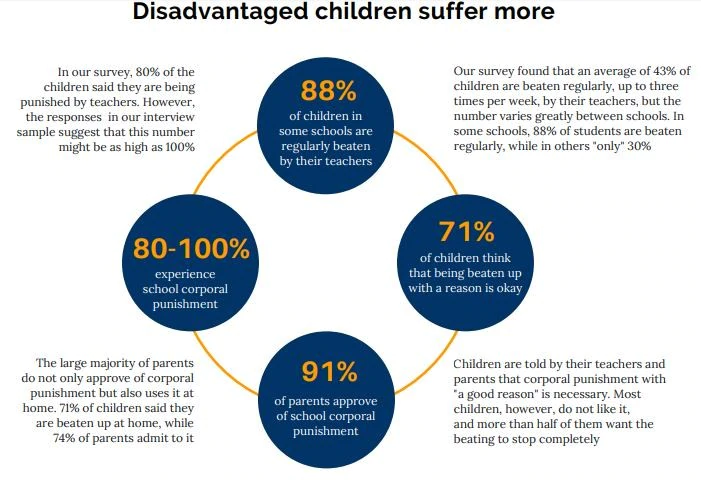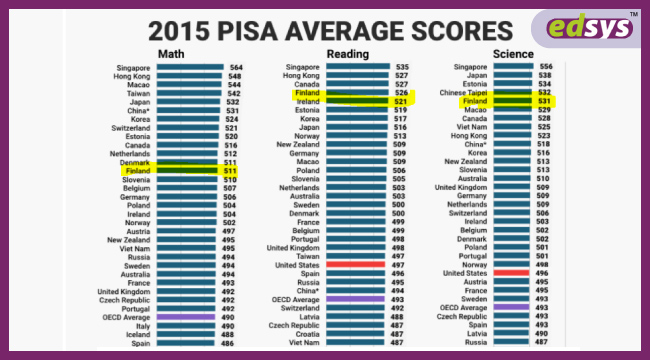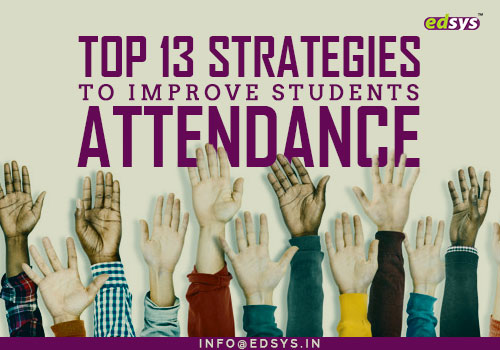An effective learning environment is only possible when everyone learns from each other. A strong student teacher relationship can make things easy. Teaching is no more a one-way process where teacher gives lectures and students take notes. Today’s effective classroom comprises interactive learning sessions when teacher and students contribute their roles and students are more responsible for their learning. Maintaining a good relationship with students is very important as kids would better do things out of love than compulsion.
Get FREE Time Table Apps (Check it Now)
However, this may not happen all of a sudden but it can be developed, slowly nurtured, and when provided an ample space to evolve. Let us have a look at some of the timeless elements that play a vital part in building a strong student teacher relationship.
1. Consistent Communication
A good two-way communication between teacher and students can do wonders in terms of learning and teaching.
Teachers can in fact interact with students to see if teaching strategies are welcomed and may change their approaches for a better learning environment.
Even when observation and listening are important, open communication is the best medicine to nurture any relationship.
2. Genuine Interest in Each others’ Well Being
Having positive feelings towards each other is important while maintaining a healthy relationship.
Teachers showing interest towards the well being of students and vice versa will make their bonding stronger and healthier.
And there is no wonder why many of the students are still in touch with their teachers even after they pass out of schools.
3. An Emotionally-Safe Learning Space
An open learning environment where students and teachers can freely express their concerns, fears, doubts or ideas without any inhibition is very important.
If students get a feeling that their comments or questions will be listened with respect and patience, they will easily come out of the shelves and give their best.
Building an emotionally safe learning space where everybody can interact freely is crucial.
Get FREE Time Table Apps (Check it Now)
4. Compassion and Understanding
An impressive understanding and communication from both ends is vital in building a strong relationship.
Compassion can give way for more trust and students will be more open about their problems and this can slowly build a friendship among them.
Recognizing the needs of kids outside classroom will also help students to approach them without any inhibition.
5. Mutual Respect, Trust, & Feedback
Mutual respect and trust is the basis of a good student teacher relationship.
When teachers show respect and willingness to help students in their difficult times, they get triggered to learn better and give their best to make teachers proud.
Get FREE Time Table Apps (Check it Now)
At the same time, it is important to acknowledge their efforts through patience, words of approval or a celebratory applause.
6. Sense of Being in it Together
A student relationship with teacher can get nourished when both of them get a feeling that they are sailing in the same direction.
This can reflect in curriculum and instruction which in turn improves the learning outcome.
When teachers provide enough choices and create relevance, building connection with students is a lot easy.
7. True Equity
Equity is really important whether it is access to literature, technology access, or associated socioeconomic trends.
Focusing on particular individuals or considering their favorites can be a setback for a healthy classroom atmosphere.
Focusing on all students equally with a positive attitude can make a good difference in the way relationship between students and teachers prosper.
8. Constructive Criticisms
It is important for educators to give feedback to students on the areas where they are weak.
But it is also important for them to handle it through constructive criticisms through which students actually feel the importance of improving themselves.
While teachers can correct the students, this also paves way for strong positive relationships.
Get FREE Time Table Apps (Check it Now)
9. Active Listening
Just like proper communication, students will value if they are heard well. That is why active listening and body languages matter more.
Minimal distractions and proper eye contact do the trick to give students a feeling of acknowledgement.
There is a tendency for students to perform better for their teachers who value their efforts.
10. Find Small Ways to Connect
Teachers can easily connect with students through similar interests. Bring in some classroom activities, may be in the Monday morning or Friday evenings or may be short 10 minutes activities daily to interact with students.
This builds up a positive vibe in the classroom and students will develop an interest for what they are doing and feel encouraged to give their best.
Some teachers even make chat groups or portals where everyone in the class can get in touch outside classroom hours, as well.
11. Have Some Fun Time
Keep aside some time when class lessons are kept at bay and everyone gets a chance to joke around.
There is no better way to connect with students than humor. Everybody would like to laugh out loud and indulge in fun conversations that boost up their positivity.
There is no wonder why many of our favorite teachers have got a good sense of humor.
12. Share in Activities
It is good to share in activities with students which give a feeling of togetherness.
Teachers can take part in extracurricular activities with students or may attend athletic events or clubs.
It is even a good idea to bring in the family also when everyone can get to know each other and boost relationships.
It is a great idea to involve students in classroom jobs in their free times which makes them efficient individuals,
13. Share Personal Stories
Keeping aside some time to share personal stories can be a good idea.
Teachers can come up with their inspirational, emotional and success stories from their life and give opportunities for students to share interesting incidents from their life.
Also Read: 24 Best Classroom Rules that will improve student behavior
Everybody gets a chance to know each other better and make relationships more transparent.
14. Team-Building Games
Don’t forget about some team building games which can make the classroom live and energetic.
This will take away the boredom of regular classroom lessons while fostering students and teachers to grow as a team.
It can lead to an enjoyable learning environment with improved participation and attendance of students.
Students usually react positively to a structured setting which is one of the best signs of positive students-teacher relationships. More sensible and constant reinforcements of rules and regulations also play a vital role.
Moreover, it is important to encourage efforts, validate feelings, give affection and provide support whenever needed.
Rather than calling home only to report the bad behavior or failures of students, take initiative to report their good deeds and achievements too.
It is always good to maintain an eye contact while teaching. Engage students with questions and give opportunity for them to ask doubts.
Take extra effort to incorporate child’s interests whenever possible which gives them a feel of belonging which may enhance their performance level.





